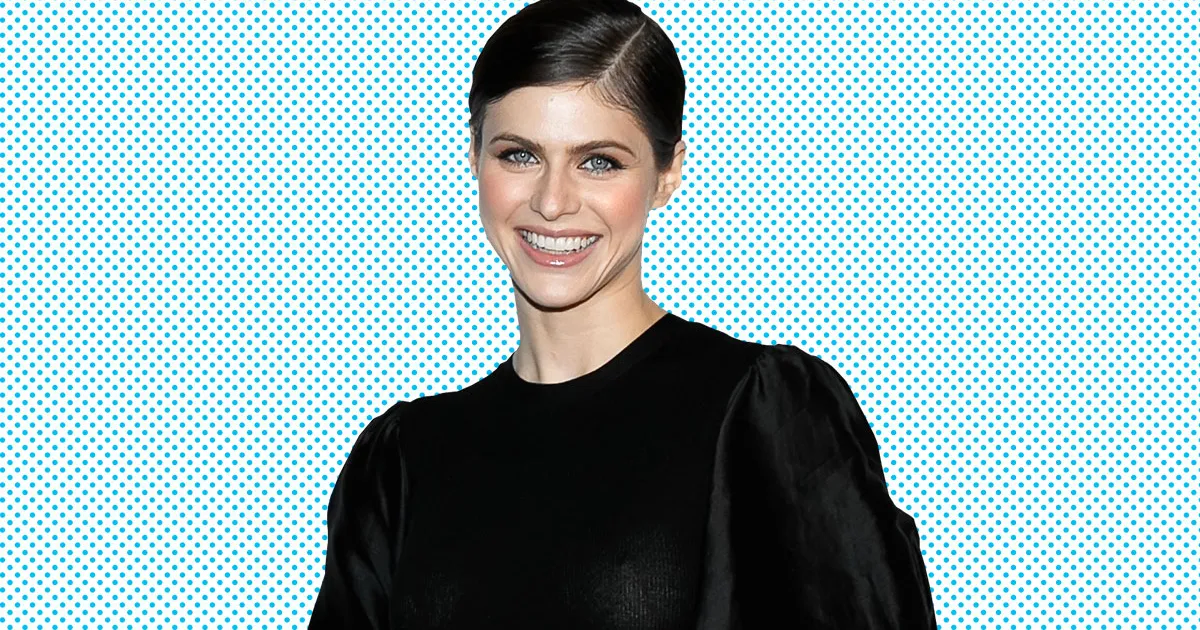Nigerian boys captured recreating Hollywood actress with deep fake technology (Video)
A group of tech-savvy Nigerian boys have been captured on tape using Artificial Intelligence to create a believable image of Hollywood actress, Alexandra Daddario.
The young boys employed the use of deep fake technology to recreate Daddario’s face and physical attributes.
A video which has gone viral captures the boys inside a room with a laptop that showed the actress’ face, except it wasn’t really her.

One of the boys positioned himself front of the laptop and put on the camera, however, instead of his face showing on the screen, it was Daddario who appeared.
The real face of the others showed normally except that of one who was directly in front of the laptop camera.
He demonstrated how the lady on the screen was doing the exact same thing he was doing in his room, giving the impression to anyone on the receiving end that he was the actress.
Watch the video below:
Students of Regina Pacis Secondary School, Onitsha, Anambra State who are innovators in robotics and coding, have made a technological breakthrough for aiding visually impaired persons.
The girls designed and created ‘Smart Walking Sticks’ that can detect obstacles not less than 120 centimetres away from a blind person.
In 2018, the school’s students had won the Junior Gold Awards in the World Technovation Challenge in the United States of America by developing a mobile application called the Fake Drug (FD) detector to help tackle fake pharmaceutical products in Nigeria.
Their invention was unveiled during the pastoral visit of Most Reverend Valerian Okeke, the Metropolitan Archbishop of the Onitsha Diocese.
During the display of the Smart Sticks, which was also distributed in 20 packs to several impaired persons, the clergyman, alongside the Obi of Onitsha Nnemeka Achebe hailed the students for the feet achieved.
The Youth Coordinator, Nigeria Association of the Blind (NAB), Anambra State, Chibuzor Obierika, speaking at the launch of the innovative product, said the invention was improved upon its first test.
“After building this project, we noticed it could only sense obstacles horizontally in front of the blind man, so we decided to advance this project. The Smart Sticks can now sense objects from an angle of elevation and an angle of depression.
“The Smart Sticks are designed with an input ultrasonic sensor that alerts a blind person of an obstacle not less than 120 centimetres ahead of him or her,” she said.









